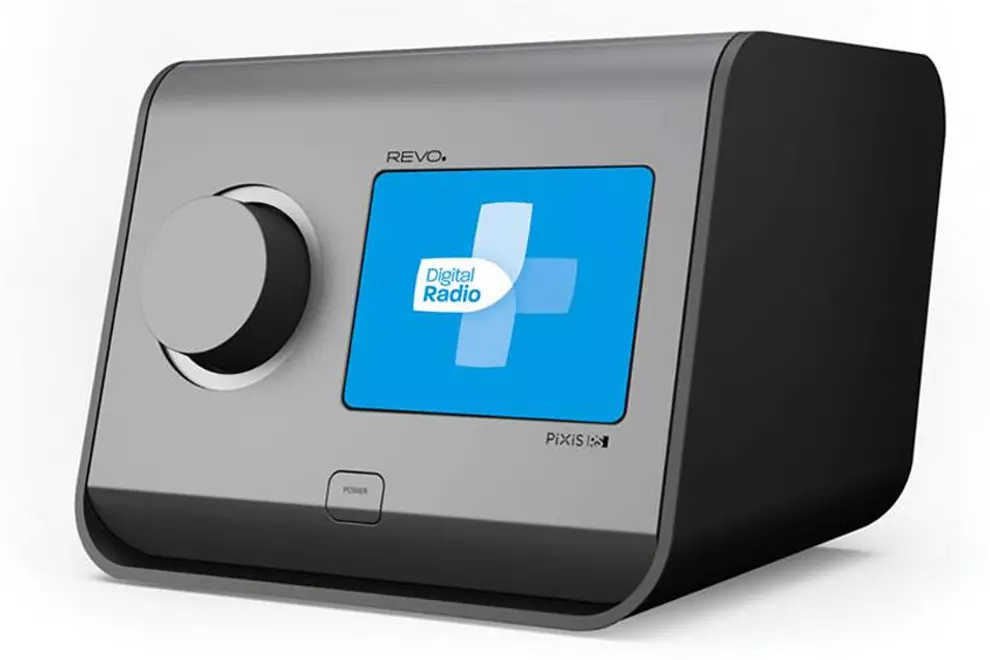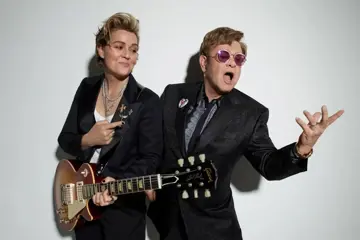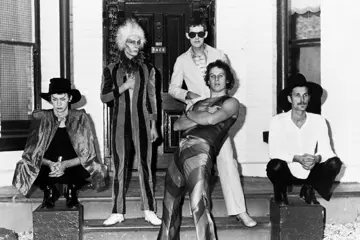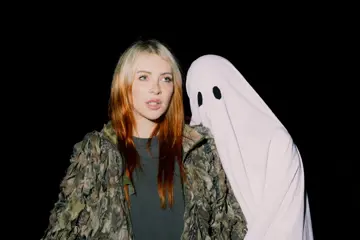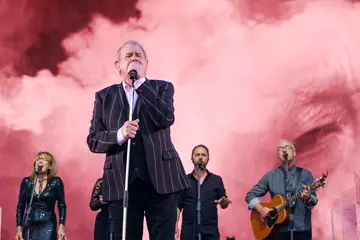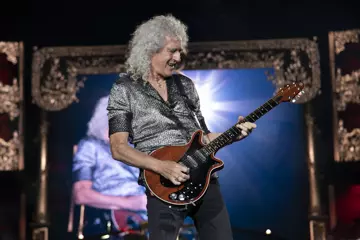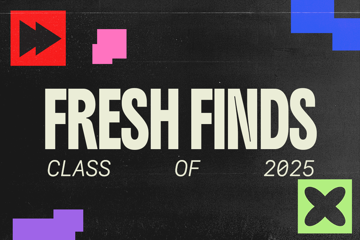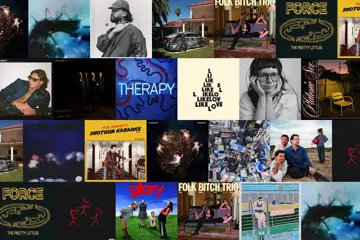It’s easy to read headlines these days about how radio is dead or about how Kyle Sandilands might be topping the ratings, but for music, the interesting game is in what people who might want to discover new music are listening to. We get that a lot of people like Ben Fordham on 2GB, but that doesn’t help music, so let’s take a dive behind the numbers to see what’s relevant for music.
In Sydney, radio listeners clearly love Kyle, Jackie and Ben, but looking behind the numbers, there’s some interesting trends. In the under 40 music-listening demographics, its Kiis that are clearly dominant, with Nova coming in second place. triple j is in third for 18-24s and fourth in 25-39, with roughly 1/3 the listeners of Kiis. Given the lean-forward nature of triple j’s listening and their high local content, that is not such a bad result. The station is well ahead of commercial counterparts 2Day FM, Triple M and WSFM in the under 40 demographics.
In Melbourne, the story is not quite so rosy for triple j, slipping behind all of their commercial counterparts apart from Gold FM in the 18-24 demographic, but outranking Gold, Smooth and Triple M in 25-39s. They have roughly half the listeners in that demographic as Kiis, Nova and Fox (which isn’t bad given the progressive playlist). The under 40 audience in Melbourne is all about Kiis, Fox and Nova. The three stations are very closely matched in terms of audience.
Brisbane’s market has B105 as its clear leader in under 40s, with Nova not far behind. triple j holds its own with over half the audience of the leaders, similar to other markets.
Adelaide used to be a real hunting ground for triple j, often topping younger demographics or coming close, but with evolving formats, tastes have shifted with Nova now commanding a clear lead in under 40s. Particularly struggling in 18-24, triple j is on just 4%, the 25-39 demographic is doing better. Nova’s playlist has gotten far more progressive as we’ve moved out of COVID and it seems that their shift is impacting most.
Don't miss a beat with our FREE daily newsletter
Perth is a Nova town, completely dominating the under 40 demographics with around 30% of the listening. A few years ago, triple j was at #1 in younger demographics, so the aforementioned shift in Nova’s playlist to focus on newer tunes has eaten away at that lead as it has in Adelaide.
In terms of which network’s playlist you’re best to be on for maximum under 40s audience impact, it would be important to consider the KIND of audience you are looking for. Mums driving to work bopping along to Ed Sheeran will give you a different result to a student looking at what ticket to buy to live music on Friday night, so your goals need to be considered, but which “add” means the most if you’re aiming at under 40s?
The easiest way to crudely judge is to look at if each network added your song, how many people would be listening each time it aired in the five metro markets (average audience).
Nova Network: 120,000
Hit Network: 82,000
Kiis Network: 80,000 (exc. Perth)
Triple M Network: 50,000
Triple J: 48,000
There’s nuance with some networks programming nationally, others market by market and of course not every audience is made equally, but what the numbers demonstrate is that radio for under 40s is far from dead. If every time your song airs on triple j, 48,000 people PLUS the additional listeners in regional areas hear the song, that’s a significant boost. How hard is it to get 48,000 streams? You’re essentially getting the same impact each time Nick Findlay decides to spin you….. if that’s a couple of times a day, you can’t deny that the power is still there.
As for commercial radio, the lesson is that there are a LOT of young people listening. All three of the ‘pop’ networks have strong listenerships. Sure, during COVID, programming went back to a ‘familiar old comfort blanket’ strategy. Some are still there, but with songs like Amy Shark, Genes, Brad Cox, Mia Wray and more starting to get a look in, now’s the time to engage and inspire commercial radio.
The numbers say there’s an average of 330,000 commercial radio listeners under 40s every time a song spins waiting to hear us.

